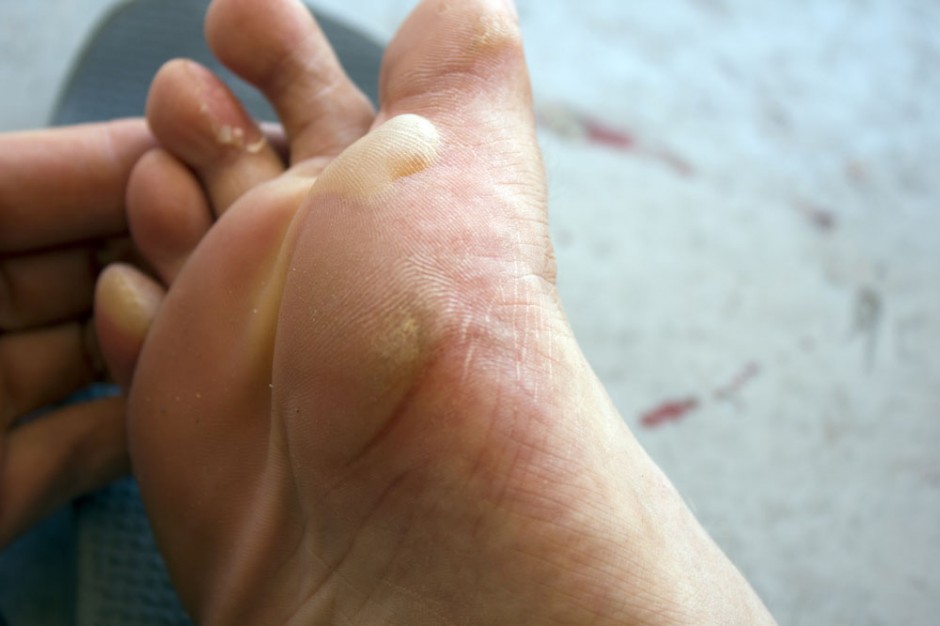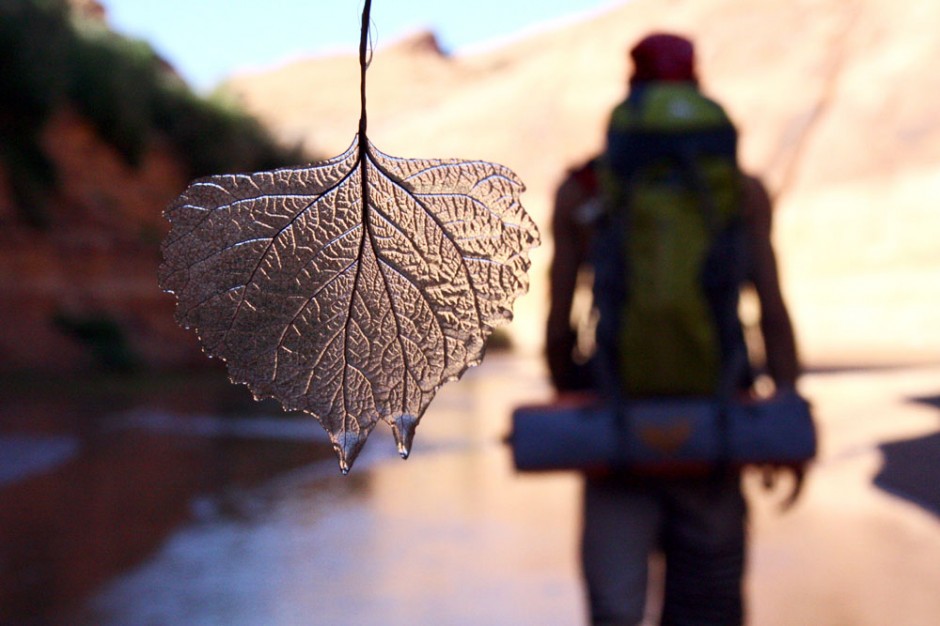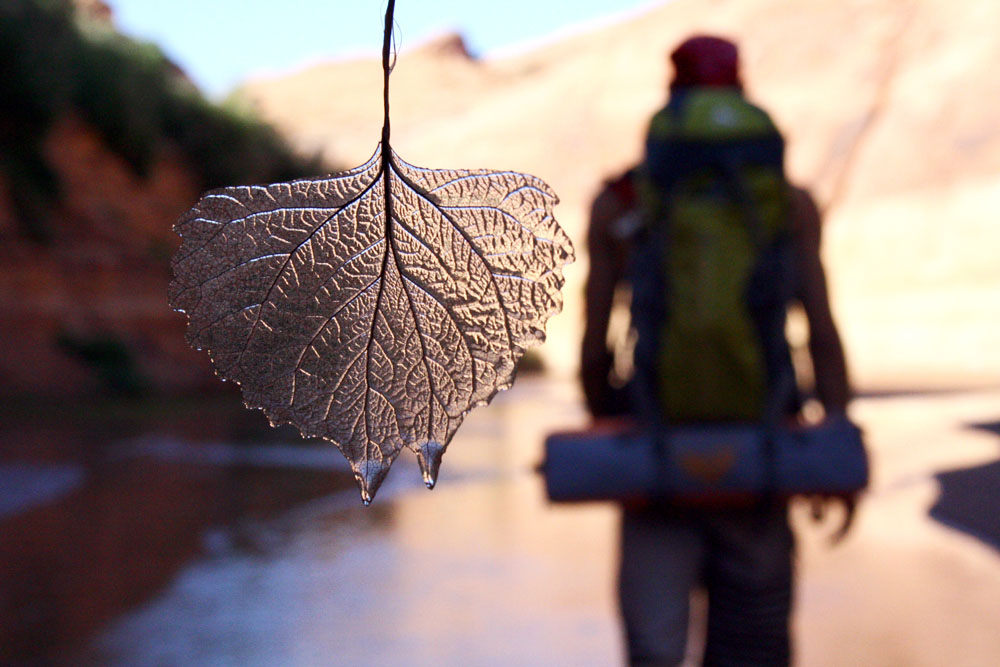Kat Carney ignores a toe blister and puts in some serious miles around Arizona and Utah.
DURING THE SUMMER OF 2008, I worked at the Lake Powell/Glen Canyon National Recreation Area and explored the Southwest in my free time. The memory of the first time I saw the red rock landscape while hanging out of my best friend’s sun roof is still etched in my mind today. It’s a place that I will return to time and again to get a fix of the vast wilderness that is the Great American Southwest.



Intermission
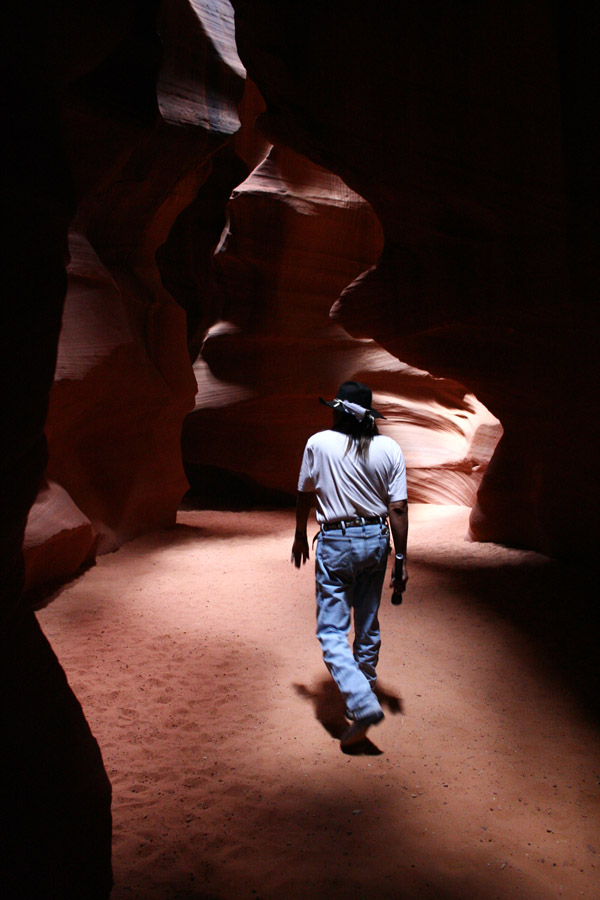
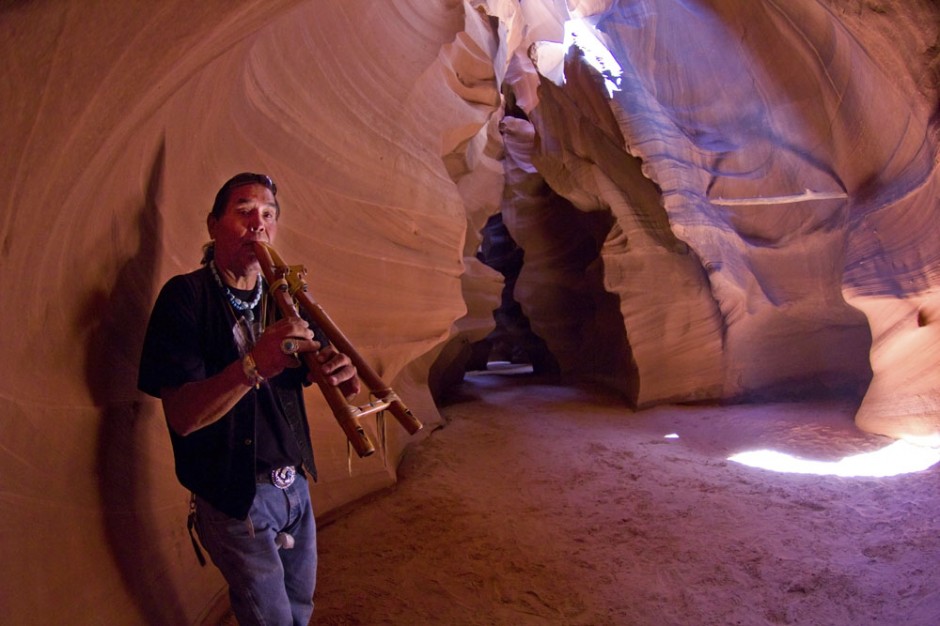
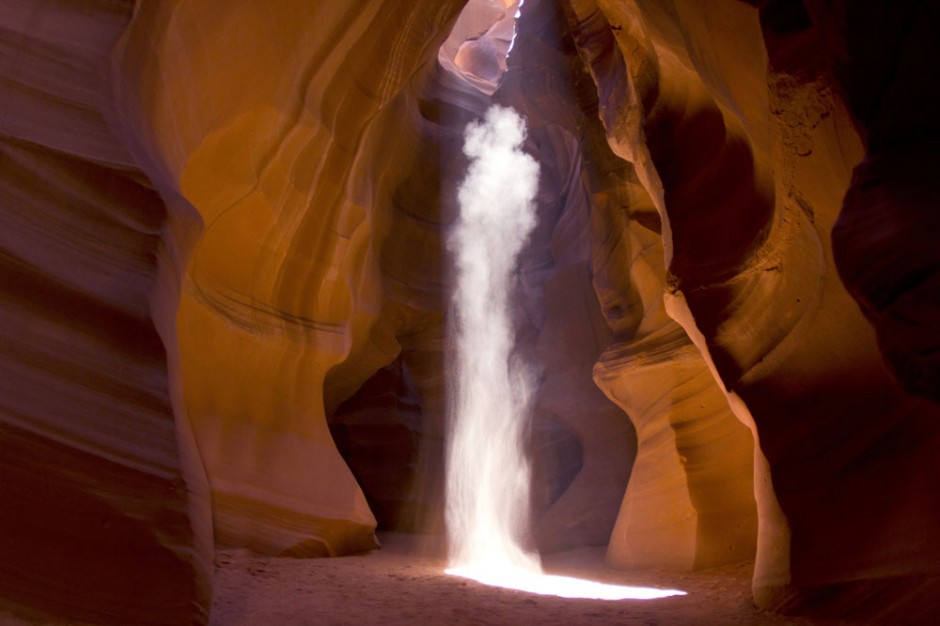
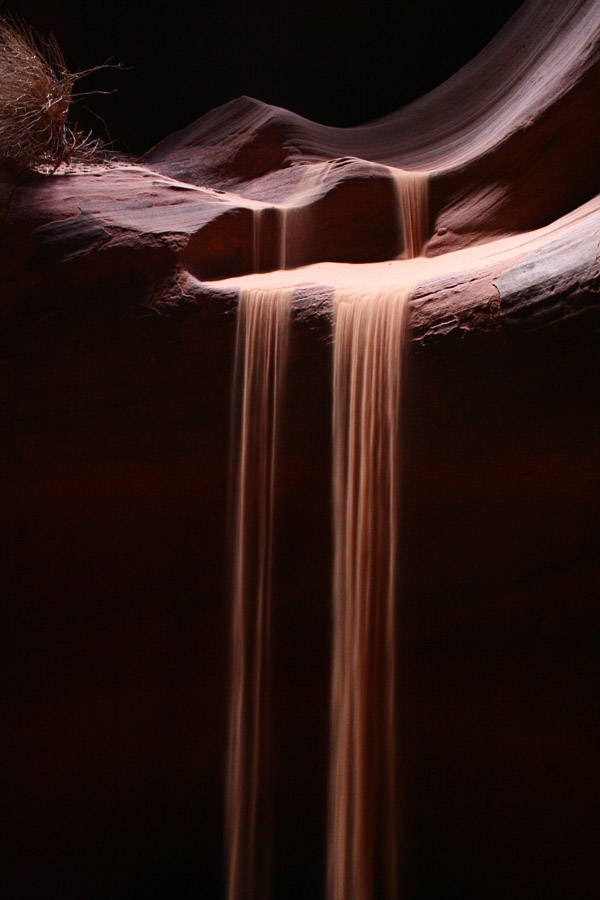
Intermission
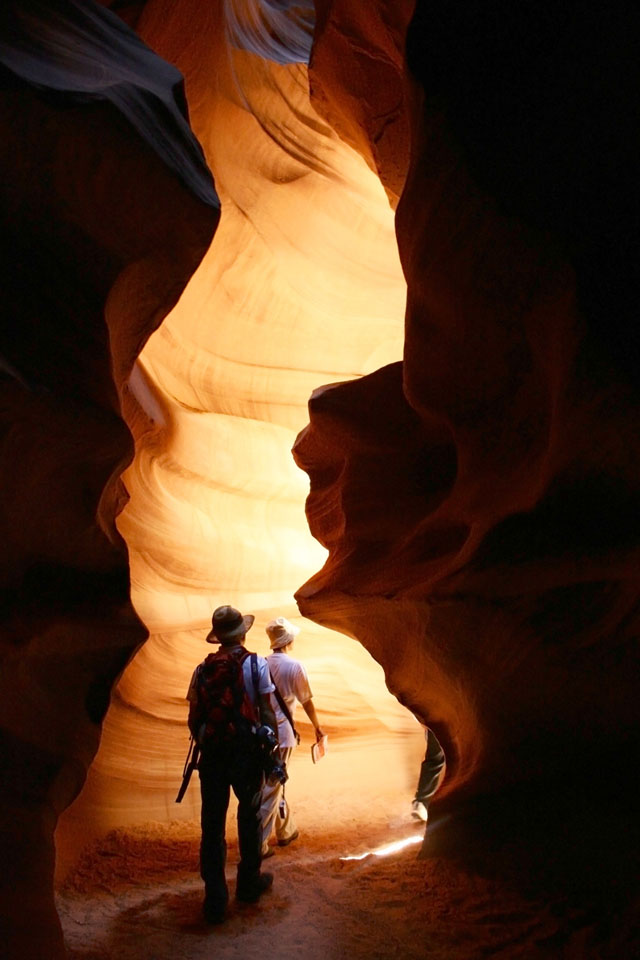
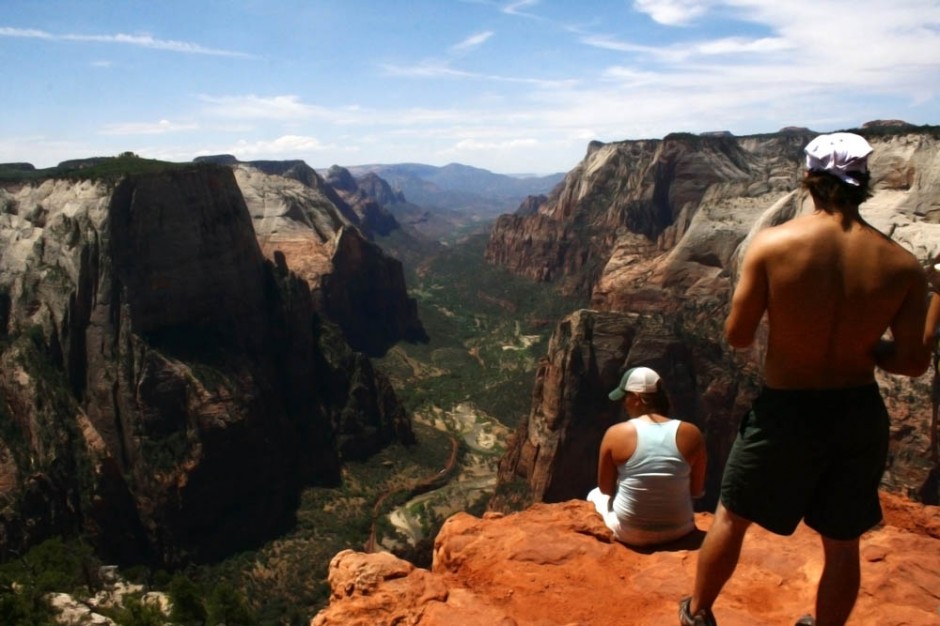


Intermission

